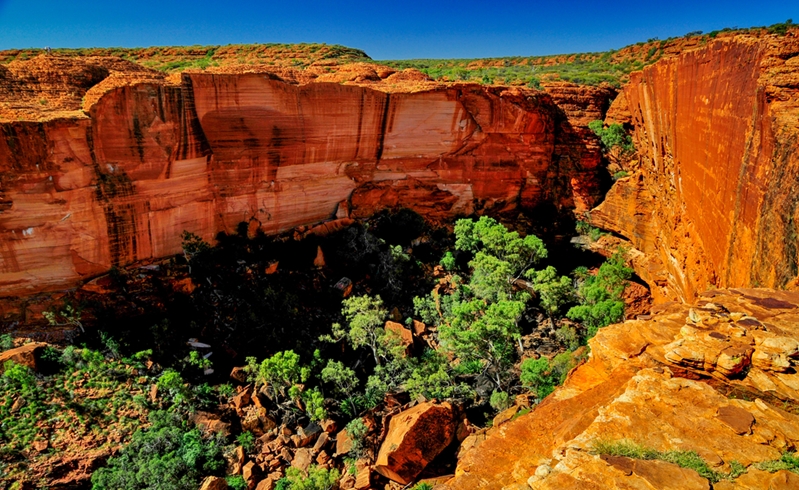
The vehicle identification number (VIN) is composed of 17 characters (digits and capital letters) that act as a unique identifier for the vehicle. A VIN displays the car's unique features, specifications and manufacturer.
The VIN can be found in a couple of places including on the car's registration label (1), on the compliance plate in the engine bay (2) or on the passenger side windshield (3), or on one of the door posts (where the door latches when it is closed) (4). See the image below:
When you plan to go out and crash and bash your way through some tough off-road terrain, you want a vehicle that can cope. Buying a used vehicle specifically for off-roading takes time and a lot of research (if you don't know what you're looking for), and many people prefer the manual options. However, that's not always the best choice.
An automatic box allows you to control the accelerator and the brake without focusing on your gears or the clutch.
Depending on your preferred style of off-roading, you may benefit from buying an automatic four-wheel-drive. Manual transmissions tend to be better for descents and slow mud tracks, but they aren't the best for rock climbing. When you hit a steep rock face and you're travelling uphill slowly, if you come to a halt on a major boulder without clutching in, you could be in trouble1. An automatic box allows you to control the accelerator and the brake without focusing on your gears or the clutch. If you do come to a stop during a climb, your engine won't shut off and you can continue safely.
Why are automatic transmissions not often favoured by off-road enthusiasts?
Automatic transmissions are significantly more complicated than manual transmissions2 because of their construction. A manual box simply needs the gears in the right place, a clutch and the gear stick to get through the shifts. An automatic transmission for off-roading requires an automatic clutch and sometimes a torque converter, which is far more complex.
Torque converters can help with the lack of low-gearing that automatic transmissions can suffer from when compared to manual cars2, but they also heat up quickly and can reach very high temperatures2. That's not great for transmissions over long periods of time, and for people who can't afford to constantly repair their cars, it means a lot of financial stress. However, if you're not going to be driving for hours on end, or you don't mind the occasional mechanical bill, an automatic transmission might be the best option for your off-roading.

Where would an automatic box be better than a manual?
Off-road racing enthusiasts almost always choose automatic boxes2. They offer a different response off the line but allow the driver to focus more on technical aspects of the racing and crossing the line in first place. Only in very specific off-road classes is manual preferred or required2.
If you plan on driving on rocky faces a lot, an automatic box is going to provide the security you need to handle technical manoeuvres sufficiently.
If you plan on driving on rocky faces a lot, an automatic box is going to provide the security you need to handle technical manoeuvres sufficiently. As we've previously stated, when you come to a stop on a steep cliff face in a manual, you need to start moving again very slowly, often slipping the clutch just to get underway3. That's not great for the transmission and could end up being costly over time, so you might not save money on mechanical bills if you're driving on this sort of terrain.
Automatic transmissions are far more capable of moving along at low speed for long periods of time, and you won't damage them. When climbing cliffs and rocks, that's exactly what you need - you aren't going to shoot from 0 to 20 kph in a manual box immediately so you can forget about the clutch during technical parts of an off-road section. Instead, you'll have to be very gentle with the transmission, focusing on the clutch and your speed rather than getting out of a potentially sticky situation.
For advanced, experienced drivers, that may not be an issue. For rookies or people who just like to head out to the tracks for a bit of fun, it will be. You want all the help you can get from your car, so make sure you consider whether manual or automatic would be better for your off-road adventures.
For more help choosing the right used car, make sure you get in touch with CarHistory today.
1. Jalopnik. When an automatic is better than a manual off-road (and when it's not). Accessed April 2017.
2. Driving Line. Gear Grinding: Is an automatic or manual transmission better for the trail? Accessed April 2017.
3. Road and Track. Manual vs. Automatic Transmission: Which Is Better Off-Road? Accessed April 2017.